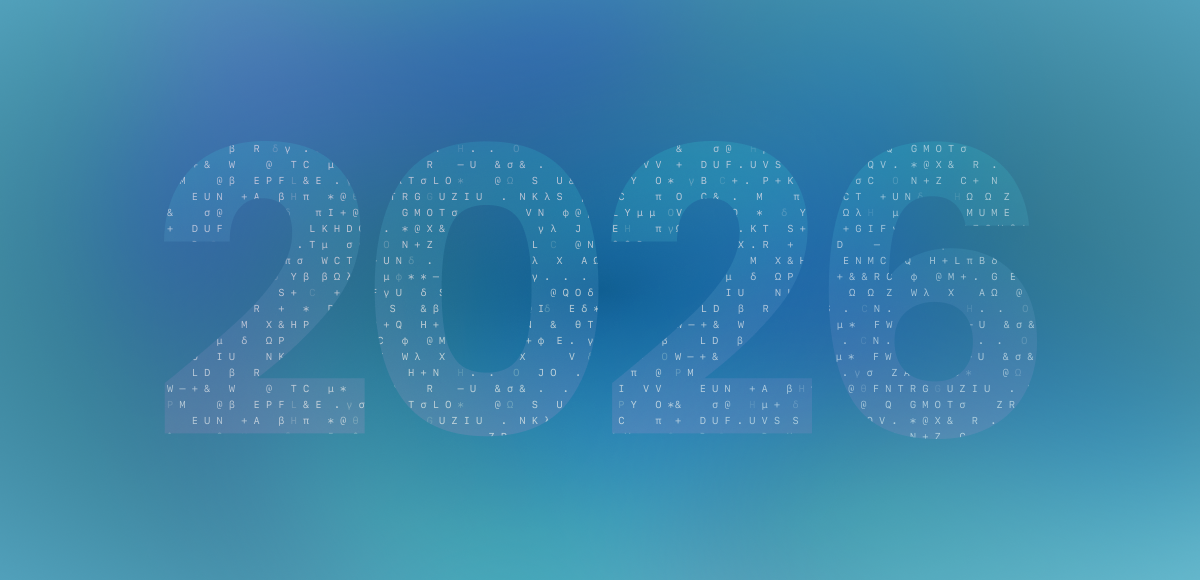What Sales Got Right About Competitive Intelligence – and Why It’s Time for Advertisers to Catch Up
By Asaf Shamly | September 18, 2025

In B2B sales, competitive intelligence quietly went from a nice-to-have to a non-negotiable edge. No, it won’t close deals on its own but it does help explain why they’re won or lost.
There’s a lesson in that for advertisers: in the digital media universe, brands don’t have to operate in the dark anymore.
Sales Has Battlecards. Advertisers Have Blind Spots.
Let’s zoom out. We’re lucky to live in a world of abundance. In media, that applies to everything – formats, platforms, inventory, creatives. But abundance ≠ clarity. In fact, the more options we have, the easier it is to get lost (by the way, I recommend an iconic Ted Talk – the paradox of choice).
Most advertisers still optimize around what’s available: what can be bought, what can be tracked. But that’s not the same as understanding what actually happened on screen – or how your media performance stacks up against the rest of the market.
We know if an ad was served. We know if it hit the IAB minimum for viewability. We might even know if it was human-verified.
But we don’t know which brands are also running – or how often.
We don’t know what messages competitors are pushing, how loud their presence is, or how their creatives stack up against ours in the same environment.
We don’t know our real-time share of voice – or whether our campaign is breaking through or blending in.
Competitive Intelligence is a Discipline.
Sales organizations figured this out early. Competitive intelligence became part of how they operate: onboarding, call prep, objection handling, positioning.
Media teams haven’t had the same visibility. That’s starting to change.
Today’s most forward-looking marketers and advertisers are starting to ask sharper questions:
– Who are we really up against?
– Where are they outperforming us?
– What are they doing that we’re not?
– What formats, placements, or creatives are they leaning into – and why?
– Are we holding enough share of voice where it matters?
– What are we missing because we only look at our own reporting?
– And most of all, what can we do about it?
The point of competitive intelligence isn’t to obsess over competitors. It’s to understand the landscape well enough to see your own strategy more clearly.
Ad-Level Metrics Won’t Tell You What You’re Not Seeing
Ad-level data can be useful but on its own, it’s reactive. It shows you what happened, not why. And certainly not how that moment fits into the broader context of what’s happening across your category, your competitors, and your attention ecosystem.
Competitive intelligence changes that. It’s how advertisers can:
– Benchmark creatives in context
– Identify gaps in coverage and messaging
– Spot platform or format overreliance before it becomes a problem
– See shifts in investment – like when a competitor suddenly triples activity on a new format
– Surface saturation signals early – and avoid diminishing returns
This is the difference between thinking your ad worked… and knowing whether it won.
Visibility Without Clarity Is a Dead End
More data is not the same as more understanding.
Advertisers already have reports filled with metrics. CPMs, CTRs, conversions, viewability. But the industry’s dirty secret is that most of these numbers can look good on paper – even when nothing meaningful happened on screen.
We mistake “technically viewable” for “seen.”
We equate “served” with “effective.”
We ignore environment, timing, and competition – because we haven’t had a way to measure them.
Until now.
Modern ad-level competitive intelligence shows what other brands are doing – on the same screens, at the same moments, competing for the same user’s attention. It lets advertisers compare creative, placement, and share of voice – side by side, and in context.
The Market Isn’t Static. Why Should Your Strategy Be?
Here’s the bigger shift: competitive intelligence makes advertisers adaptive. Instead of running Q1 strategies in Q3, or waiting until the post-mortem to diagnose a miss, it gives teams the ability to respond in real time.
Your competitor just launched new creative across mobile interstitials? You’ll see it.
They scaled back on high-impact formats after a performance dip? You’ll spot the trend.
They’re winning share of voice in a niche you’ve deprioritized? You can course-correct.
You wouldn’t launch a product without scanning the competitive field. Why run media that way?
In the post-cookie, AI-powered, signal-fragmented attention economy, context is the new performance edge.
Final Thought: The Intelligence is Out There. What You Do With it is What Counts.
We often say the ad ecosystem is saturated. But saturation isn’t the problem – transparency is.
Creative fatigue, wasted impressions, and underperforming formats aren’t inevitable. They’re the outcome of strategies built in isolation.
Competitive intelligence helps fix that.
The smartest advertisers in the room won’t be the ones with the biggest budgets. They’ll be the ones with the clearest picture of the game they’re playing.
And that will make them win – because they understand the moment better.
In the next part of this series, I’ll unpack the hidden signals traditional ad logs miss – and how competitive intelligence helps advertisers see beyond what they’ve just bought. Stay tuned
Latest Articles
-

What the RSL Standard Signals About the Future of Visibility in 2026
When Reddit, Yahoo, Medium, and several of the web’s biggest content platforms announced a new Really Simple Licensing (RSL) standard, most coverage focused on the politics: platforms finally demanding compensation from AI companies; a new legal framework for training data; the good old open-web fight. But if you take one step back, something bigger comes into focus. For the first time, publishers are trying to engineer visibility - not for users, but for AI agents. And advertisers should be paying attention.
View Now -

When the Pipes Change, So Do the Rules: What OpenAds and AdCP Signal for Advertisers
Programmatic’s foundations are shifting. As control moves closer to publishers and planning logic becomes more open and inspectable, two developments - OpenAds and AdCP - are redefining how ad decisions are made. Together, they signal a new era where fewer intermediaries, clearer signals, and transparent coordination reshape the rules for advertisers.
View Now -

When AI Becomes the Storefront, Advertisers Need to See Beyond the Chat Window
ChatGPT Shopping quietly introduced a massive shift: AI is becoming the new storefront. Discovery, comparison, and checkout now happen inside a single conversation - no website required. For advertisers, this means visibility depends on how well their message can be interpreted, ranked, and surfaced by AI systems that control attention.
View Now
